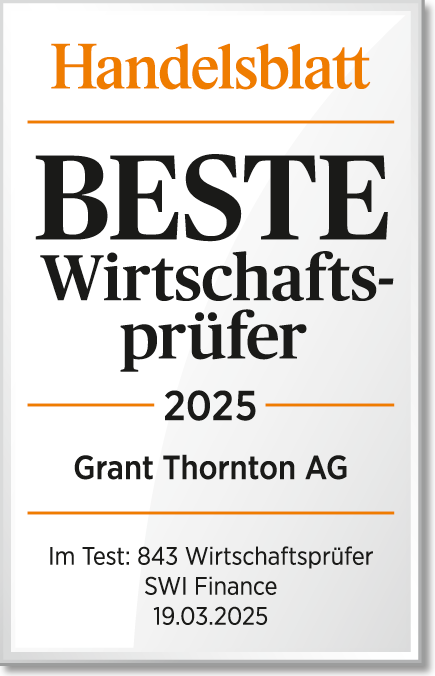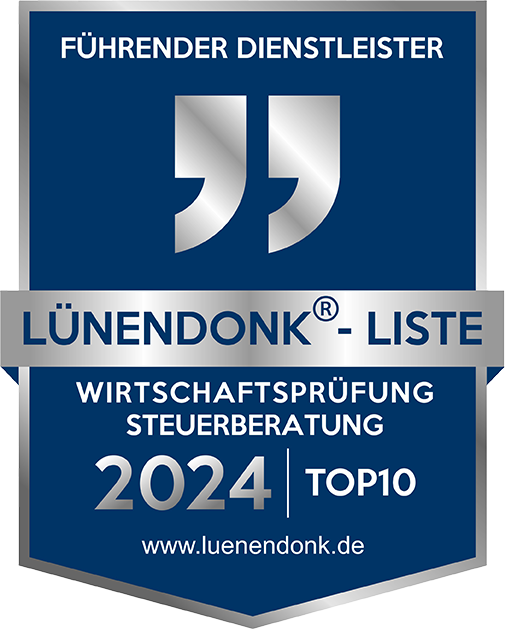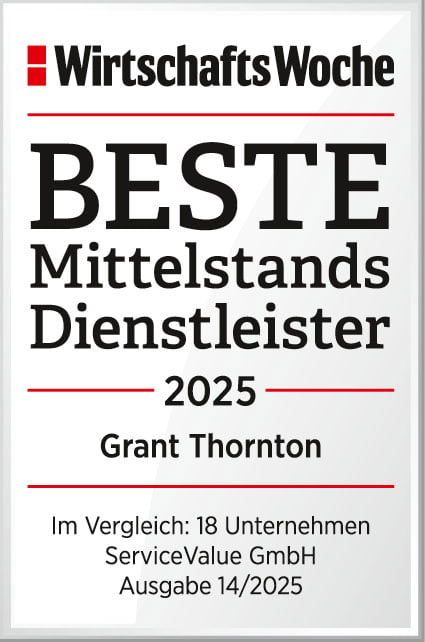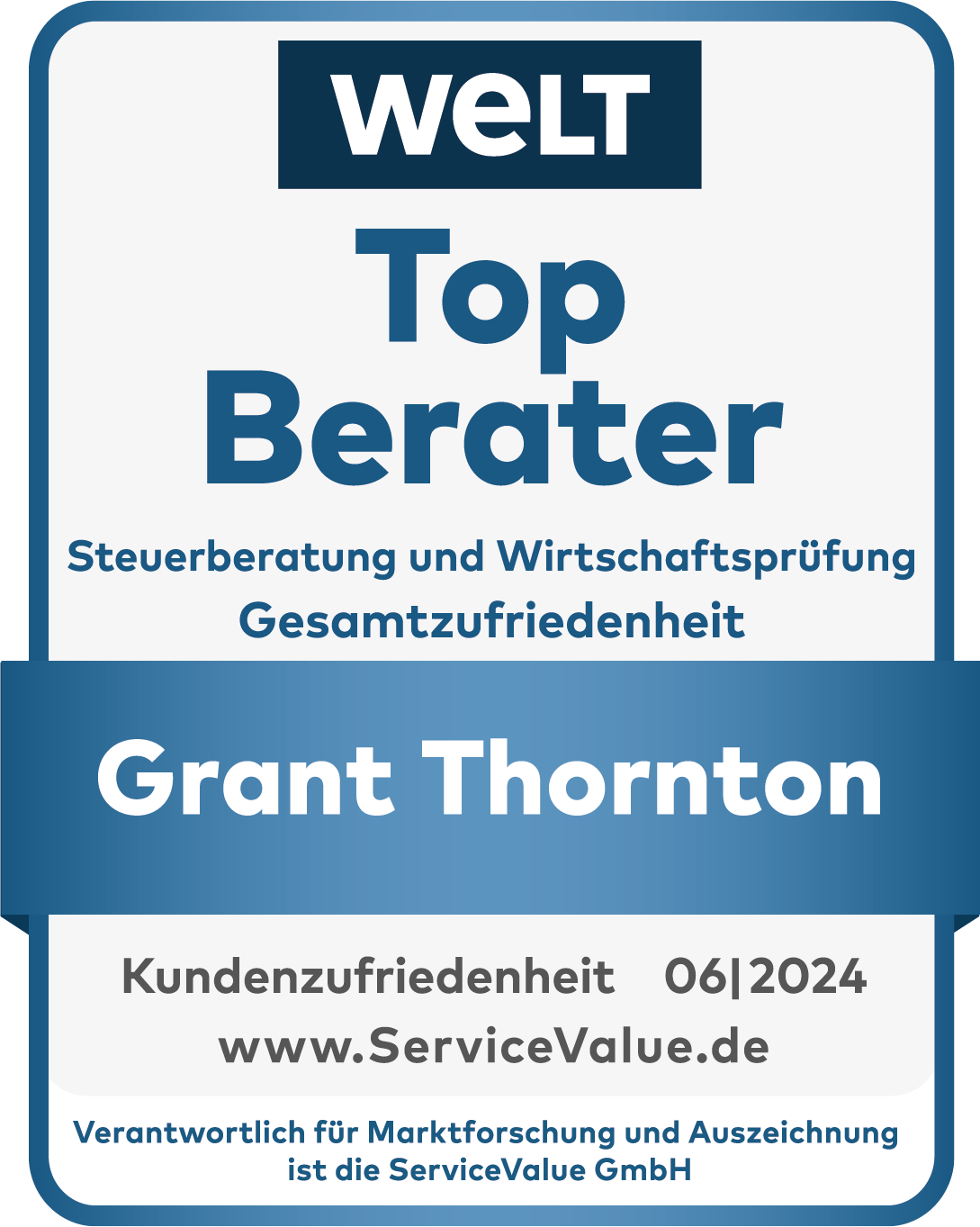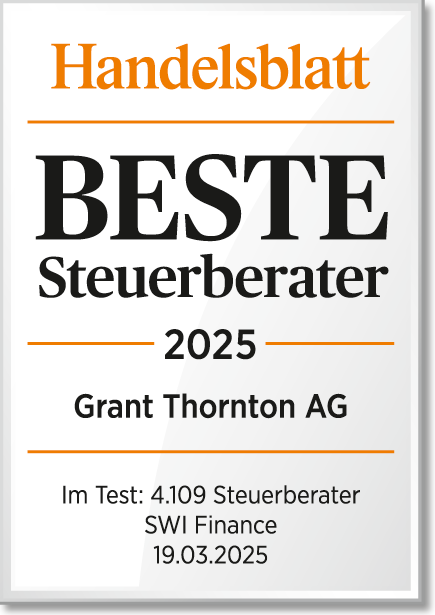-
Operational excellence and restructuring
Advisory for businesses, whatever situation they’re in
-
Deal Advisory
We’ll advise you on national and international transactions
-
Valuation & economic and dispute advisory
We’ll value your business fairly and realistically
-
Tax for businesses
Because your business – national or international – deserves better tax advice.
-
Business Process Solutions
Measuring and utilising company data
-
Tax for financial institutions
Financial services tax – for banks, asset managers and insurance companies
-
Tax in the public sector
Advisory and services for the public sector and non-profit organisations
-
Employment law
Representation for businesses
-
Commercial & distribution
Making purchasing and distribution legally water-tight.
-
Financial Services | Legal
Your Growth, Our Commitment.
-
Business legal
Doing business successfully by optimally structuring companies
-
Real estate law
We cover everything on the real estate sector, the hotel industry, and the law governing construction and architects, condominium ownership, and letting and renting.
-
IT, IP and data protection
IT security and digital innovations
-
Mergers & acquisitions (M&A)
Your one-stop service provider focusing on M&A transactions
-
Sustainability strategy
Laying the cornerstone for sustainability.
-
Sustainability management
Managing the change to sustainability.
-
Legal aspects of sustainability
Legal aspects of sustainability
-
Sustainability reporting
Communicating sustainability performance and ensuring compliance.
-
Sustainable finance
Integrating sustainability into investment decisions.
-
Grant Thornton B2B ESG-Study
Grant Thornton B2B ESG-Study
-
International business
Our country expertise
-
Entering the German market
Your reliable partners.
Now the work begins
The M&A deal has closed – but the hoped-for success won’t come about without thought-through post-merger integration (PMI). What matters now is to bring together processes, structures and people in a focused way, so synergies become real and aren’t just on paper.
We take on all the challenges that come about after an acquisition
Every transaction brings changes with it – but it’s the integration of the companies that shows whether the deal will really be successful. It’s crucial to set the direction to realise synergies and avoid losses. This is precisely where we come in and solve key challenges with focus and efficiency:
Different values and ways of working can complicate the integration process.
IT, processes and structures must be combined efficiently.
Without a clear strategy, the expected added value will fail to materialise.
Integration based on planning, precision and impact.
Grant Thornton makes two businesses into one strong entity that’s efficient, sustainable and value-enhancing. Our structured PMI strategy combines operational excellence with cultural sensitivity.
From the strategy to implementation – integration with a plan
Successfully integrating a company requires more than just a signed deal – it needs clear structures, a thought-through strategy and precise implementation. We’ll assist you from the initial plan to complete integration, ensuring that processes fit together, teams grow together, and work-flows are designed efficiently. That’s how your merger will become a real success story.
M&A is key to ensuring a company’s growth and ability to innovate in the national and international competition. We use common strategy methods to help you make the right selection for the long list of potential targets. Working together, we’ll refine the long list into a strong short list and avoid the typical pitfalls of bias.
Depending on the definition of the M&A strategy – exploratory or exploitative – an integration plan needs to be defined that preserves the nature of the strategy and doesn’t sacrifice it to expectations of short-term synergies. Here we also draw on the knowledge from the “Best Practices” of our M&A Award.
Few companies are large enough to have enough employees qualified in post-merger integration available at all times. Alongside the option of taking on integration projects, we also offer innovative training methods to get your team in shape for the upcoming integration project.
In many cases, the seller passes on services to the buyer through transition service agreements to ensure that Day One goes smoothly and to reduce their remaining costs. At the same time, the buyer wants to be able to stand on its own two feet as quickly as possible and reduce its costs. We help buyers model this transition at low risk.
Frequently asked questions on post-merger integration
Because an acquisition does not automatically mean that processes, teams and systems will harmonise. Without a clear integration plan, processes can be inefficient, staff become uncertain and financial losses can occur.
The time it takes depends on the size and complexity of the companies involved. The first phase (100-day plan) is usually completed within three months, while full integration can take between six months and two years.
After a merger, companies not only have to grow together operationally, but also ensure that they comply with all legal, regulatory and tax requirements. Post-merger integration compliance ensures that the new corporate structure is in line with competition law, data protection regulations, tax rules and internal governance requirements. Without a clear compliance strategy, financial, legal and reputational risks may arise.
Change management is an essential part of an integration. Clear communication, early involvement of teams and transparent decision-making processes help to reduce uncertainty and foster acceptance.
Many M&A deals fail not because of the transaction itself, but because of poor post-merger integration. The most common causes include:
- Cultural differences & resistance from staff: If values, ways of working and management styles don’t gel, this will lead to uncertainty and loss of productivity.
- Unclear integration strategy: Without a structured roadmap, potential synergies will remain untapped and operational processes inefficient.
- Poor communication: Ambiguous communication with employees, customers and stakeholders fuels mistrust and slows down the integration process.
- Technical and operational challenges: IT systems, processes and structures must be efficiently merged – delays or incompatibilities can completely jeopardise integration.
With a thought-through strategy, clear change management and structured integration processes, these obstacles can be avoided. Grant Thornton provides companies with focussed support to ensure the long-term success of M&A.

